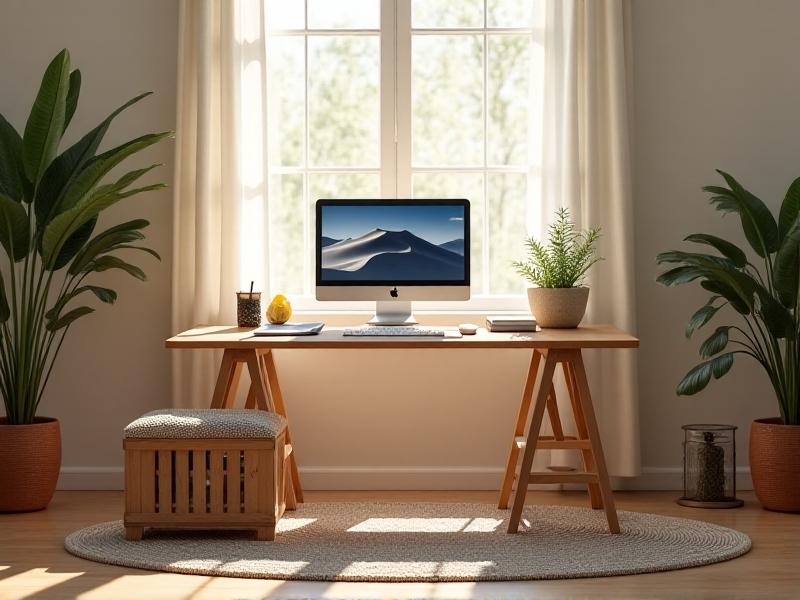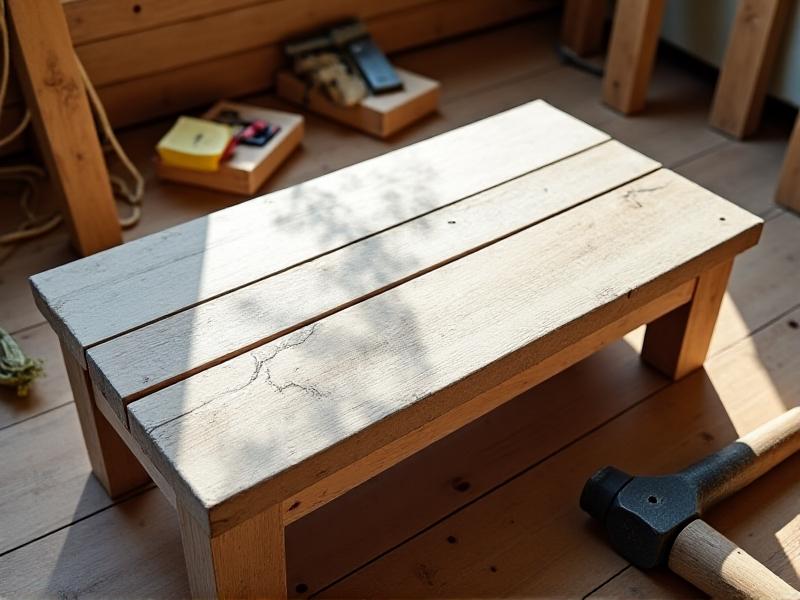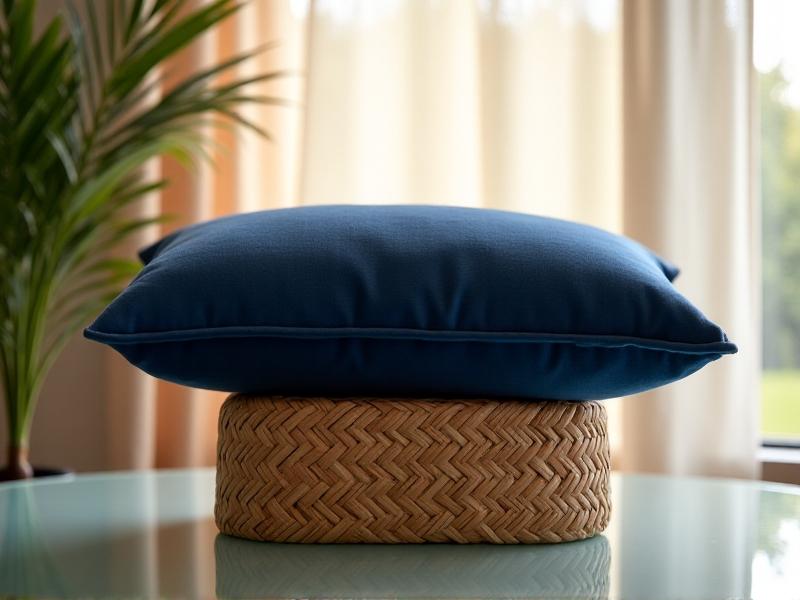```html
Why Spend $100? Rethinking Footrest Necessities
Footrests are often marketed as ergonomic essentials, but their price tags can feel anything but supportive. The truth is, proper posture doesn’t require a luxury accessory. By reimagining everyday objects and simple DIY projects, you can achieve the same benefits without draining your wallet. This guide explores creative, sub-$50 solutions that prioritize functionality and accessibility, proving that comfort and affordability aren’t mutually exclusive.

DIY Footrests: Building Comfort from Scrap Materials
Transform unused household items into customized supports. An old hardcover book stack wrapped in fabric becomes a height-adjustable platform, while a sturdy cardboard box reinforced with packing tape offers lightweight relief. For a more polished look, sand and paint scrap wood to create angled rests that match your desk aesthetics. These projects cost little more than time and creativity, offering tailored solutions for your specific seating setup.

Household Hacks: Repurposing What You Already Own
Your home likely contains multiple viable footrest candidates. A firm throw pillow placed on an overturned laundry basket creates a plush yet supportive perch. College dictionaries or outdated textbooks gain new purpose as stackable height adjusters. Even gym equipment like yoga blocks or folded resistance bands can serve dual purposes, providing both foot support and subtle calf stretches during long sitting sessions.

Thrift Store Treasures: Secondhand Scores Under $20
Local thrift stores brim with potential. Look for vintage suitcases (ideal for storing supplies while serving as foot platforms), retro ottomans needing minor repairs, or even children’s wooden step stools. With a $3 can of spray paint, that chipped piano bench becomes a chic industrial-style footrest. Always test items for stability and weight capacity before purchasing—rickety furniture won’t support proper posture.

Office Supply Innovations: Unexpected Ergonomic Heroes
Reams of printer paper make surprisingly effective temporary footrests—their dense stack provides firm support and adjustable height layers. For standing desk users, a collapsible document holder flipped sideways creates an angled foot platform. Monitor risers with empty storage compartments pull double duty, keeping feet elevated while organizing cables or notebooks within easy reach.
Active Sitting Solutions: Dynamic Alternatives to Static Rests
Swap passive footrests for movement-friendly options. A lacrosse ball placed under the arches encourages subtle foot massage while working. Inflatable beach balls (partially deflated for adjustable firmness) promote micro-movements that boost circulation. For advanced users, a wobble cushion on top of a stable base introduces gentle instability, engaging core muscles without distracting from screen work.
Travel-Friendly Options: Portable Support for Nomadic Workers
Digital nomads need compact solutions. Foldable fabric storage cubes lined with stiff cardboard become packable footrests. In hotel rooms, use the ironing board at its lowest setting (with a towel for padding) as an adjustable incline surface. Even a rolled-up yoga mat secured with velcro straps can transform into a contouring foot wedge that fits in carry-on luggage.
Ergonomic Pairings: Maximizing Cheap Solutions Through Synergy
Combine multiple budget fixes for premium results. Layer a memory foam seat cushion on top of a stack of hardcover books to create a customized incline. Pair a $15 rocking footrest with DIY balance boards made from scrap plywood. Remember—the goal isn’t replicating expensive products, but creating hybrid solutions that address your unique posture needs through strategic, affordable combinations.




